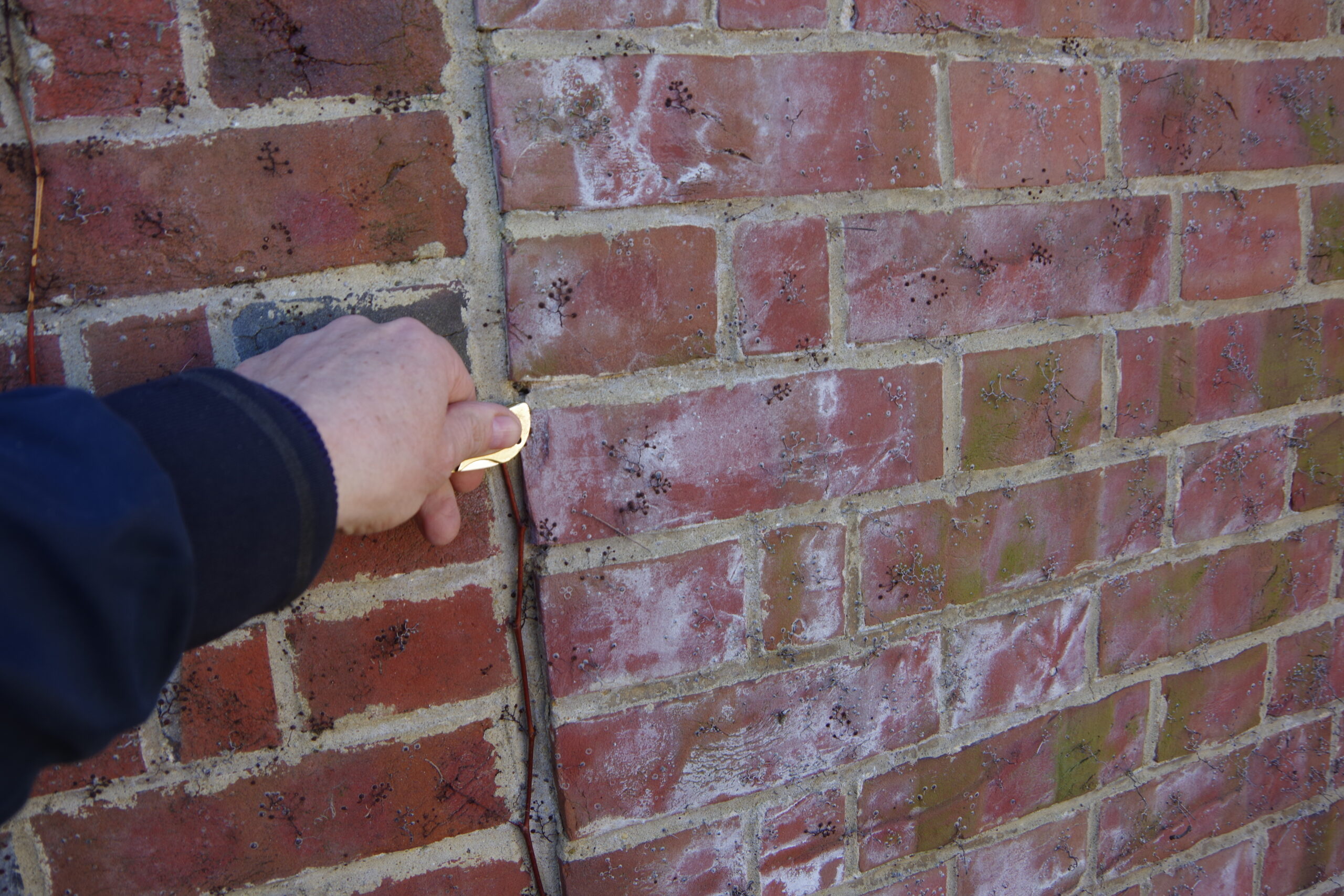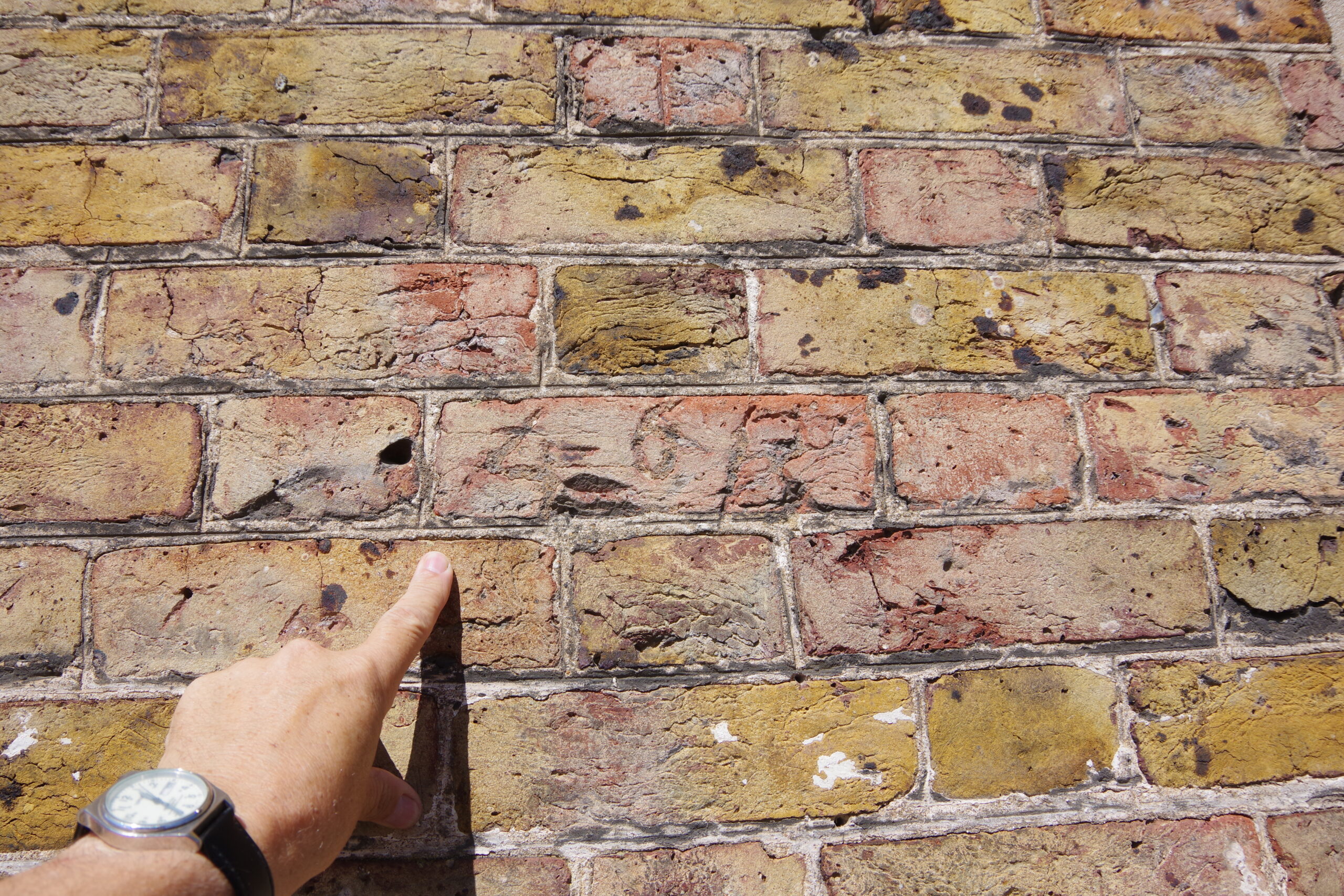Following on from our article All about lime we have written about bricks, to help us understand the importance of getting our mortars right.
Before the industrial revolution and the development by Abrham Derby of coke (roasted coal) as a fuel, bricks were made by hand and ‘fired’ in clamps; clamps were temporary structures made up of stacked ‘green’ bricks with either coal of wood incorporated at the bottom of the structure to ‘fire’ up the bricks when lit.
The clamps were often constructed at the building site (along with a lime kiln). This system had issues with the quality control of the bricks as the burning temperatures in the clamps was not regular which led to the bricks at the outside of the clamp (called place holders) not reaching high enough temperatures to fully fire and were considered as seconds and were used internally. Also, combustible domestic waste was mixed in with the clay on order to help bring the bricks up to firing temperature, this added to the inconsistent quality. Brickmaking technology developed during the industrial revolution. Brickmaking became mechanised, brick kilns were developed and coke was used as a firing fuel, which achieved higher temperatures and the overall quality of the brick became much more consistent, which led to a much harder and durable brick.
It is extremely important to understand one of the main principles of building with bricks; the mortar must be softer (and more permeable) than the bricks. If the mortar is as hard or harder than bricks, the bricks can be damaged as the building moves throughout the seasons and its life; the weaker material will give way. Also, if the mortar is less permeable than the brick, any moisture in the masonry will pass through the brick, transporting salts commonly found in building materials to the surface where they crystallise and expand damaging the brick faces and edges. Also moisture in the bricks can and does freeze during the winter damaging the bricks as ice forms and expands. These decay processes are known as spalling and the later as frost damage. The presence of salts in the bricks may compound the risk of frost damage as the salts are highly hygroscopic (absorbs moisture from the air) and tend to hold on to moisture.
Therefore it is extremely important that the right mortar (lime) is used in repairs as the material will move with building and allow moisture to evaporate (breathe) through the mortar joint. The mortar acts as a sacrificial element which can be repaired relatively easy by re-pointing compared to repairing/ replacing broken bricks.
Example where the mortar (cement) is less permeable than the bricks and moisture is finding its way around it, depositing salts.

Example of 300 year old unadulterated bricks and mortars

